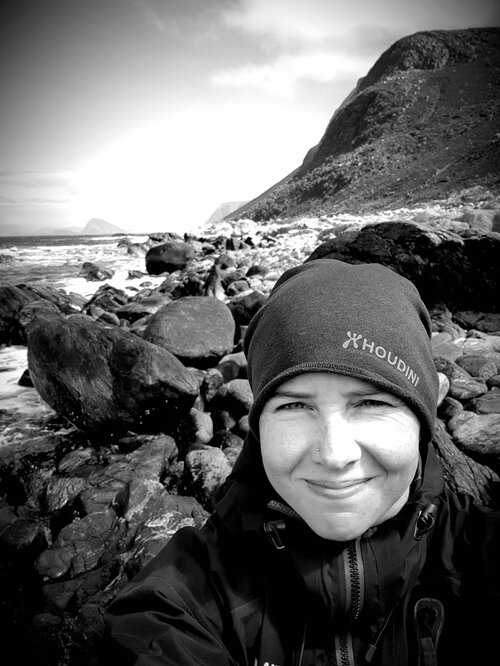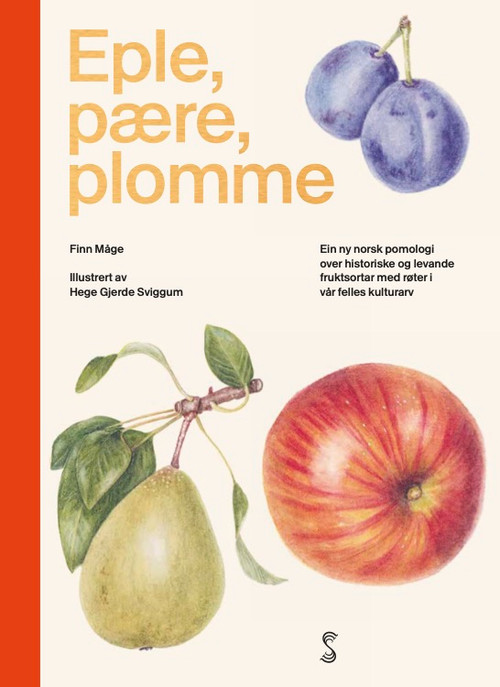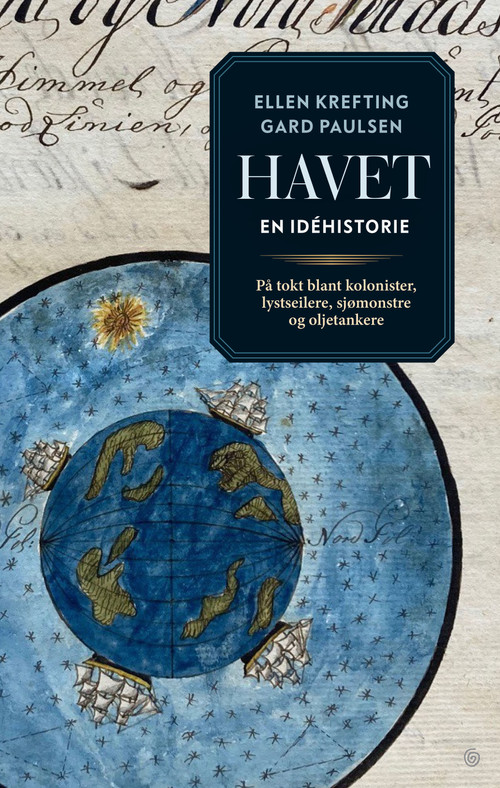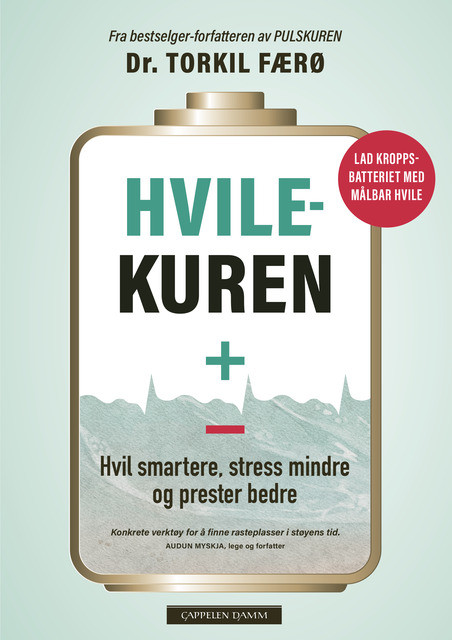The whole world is now concerned with plastic as an environmental problem. Our huge consumption means that we find plastic waste everywhere. In the oceans, the plastic breaks down into microplastics that are eaten by even the smallest organisms. People all over the globe have mobilized through grass root environmental groups and clean-up campaigns, forcing politicians and decision makers to care. That’s a good thing. Because we need to act now. But a unilateral mobilization against plastic in itself is not the way to go, says Guri Sogn Andersen. Plastic is also an amazing resource that we should appreciate and use.
We need to approach the plastic problem from a whole range of different angles! Based on studies and fieldwork, Andersen shows where the biggest challenges lie, and how we should handle them. She also shares 10 specific tips on what we can do ourselves.
‘(…) I will never bring a plastic bag home from the grocery shop again, and I will never use a straw for the rest of my life.’
’ (…) Plastic is not only bad, it is needed in our modern society. Many of the figures in the media are inflated, based on poor statistical understanding and fear for the future. Such criticism is important; the images we use to describe a problem affect how we think about the solution.’






